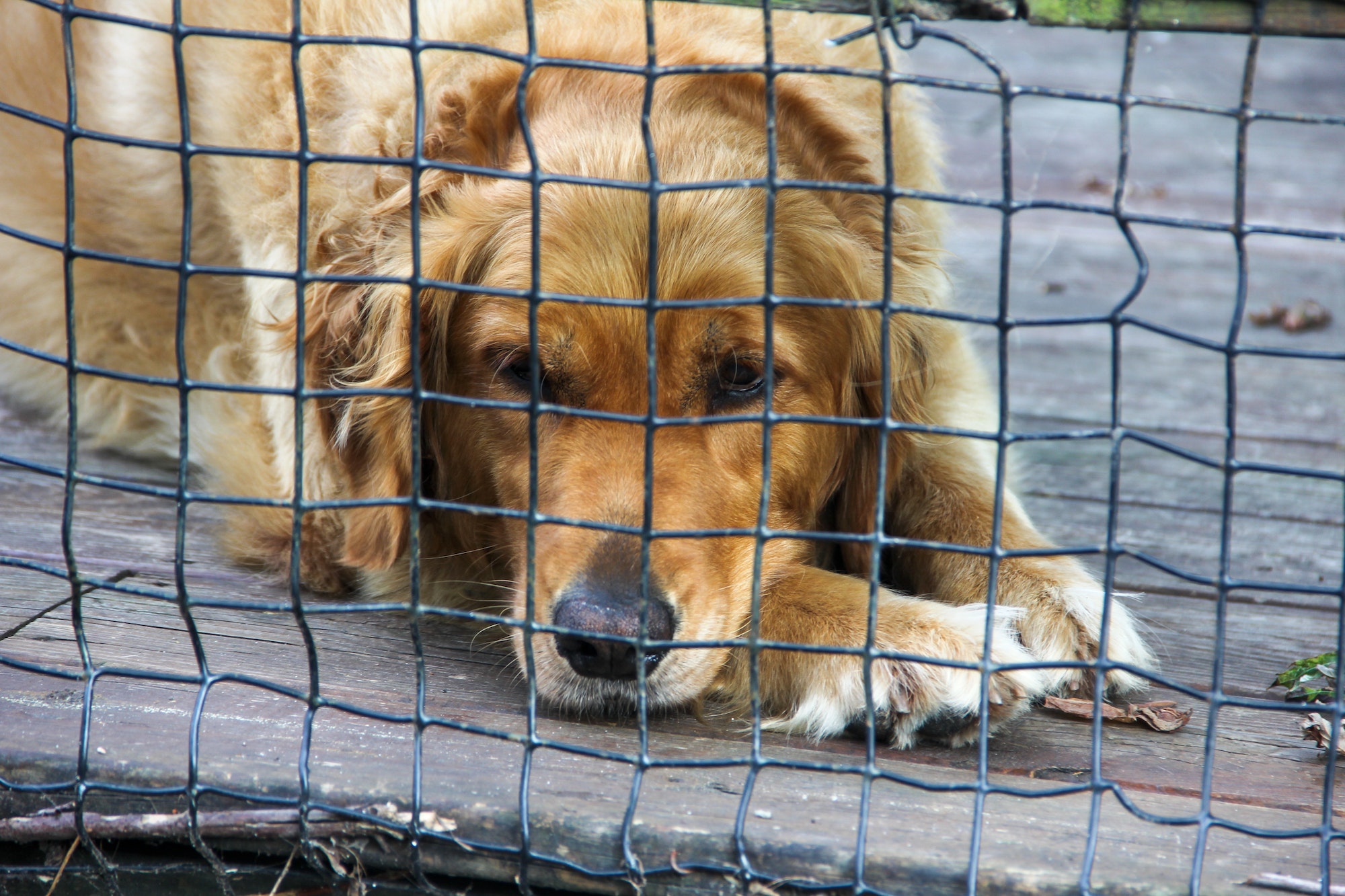In every community, the silent cries of suffering animals echo, often unheard by those who pass them by. Addressing animal cruelty is not merely a concern for dedicated activists; it is a collective responsibility that lies within the hearts of each member of society. Understanding how to report animal cruelty effectively is crucial in transforming these anguished cries into a symphony of hope and justice. This guide serves to illuminate the steps involved in reporting animal cruelty, ensuring that the welfare of our voiceless companions is safeguarded.
Recognizing Animal Cruelty
Before one can report animal cruelty, the first step involves recognizing what constitutes cruelty. Animal cruelty can manifest in various forms, including neglect, physical abuse, and systemic mistreatment. Signs of neglect may include malnourishment, lack of shelter, poor hygiene, or absence of medical care. Physical abuse is often more overt, evidenced by visible injuries, emotional distress, or behavioral anomalies in animals. Additionally, systemic cruelty may present itself in industries that prioritize profit over animal welfare, such as puppy mills or factory farming. Understanding these forms can empower individuals to act when they witness such behavior.
Documenting Evidence
Upon witnessing potential animal cruelty, the next prudent action is to document the evidence meticulously. This may involve taking photographs or videos that capture the condition of the animal and its environment. When possible, note the location, date, and time of the incident. Collecting eyewitness accounts can also be invaluable, as testimonies from additional observers strengthen the claim. Documentation serves not only as a crucial step in validating allegations but also acts as a historical record that can be referenced in future proceedings.
Determining the Appropriate Authority
Once evidence has been gathered, determining the appropriate authority to report the situation is essential. Local animal control agencies, humane societies, or police departments often hold jurisdiction over animal cruelty cases. Each region may have different protocols and organizations, so researching local laws and regulations will provide clarity on where the report should be directed. In many localities, there exist hotlines dedicated specifically to animal cruelty, making the reporting process more accessible.
Filing the Report
When filing a report, being concise and factual is paramount. Clearly state the nature of the cruelty observed, including specific details such as the type of animal involved, the condition of the animal, and any relevant background information surrounding the incident. Avoid emotional language that may cloud the presentation of facts. This objective approach aids authorities in understanding the gravity of the situation and prioritizing their response. Remember, a well-structured report can hasten investigations significantly.
Anonymity and Protection
Many individuals hesitate to report animal cruelty due to fears of retaliation or social stigma. It is important to know that most jurisdictions allow for anonymous reporting, which can provide a layer of security for the reporter. Understanding this option can embolden more witnesses to step forward, thus increasing the likelihood of intervention in severe cases. Additionally, many agencies pledge protection for whistleblowers who report misconduct, fostering a culture where speaking up becomes not only safe but commendable.
Follow-Up Procedures
After submitting a report, one should not remain passive. Following up ensures that the report is being taken seriously and instigates action from the authorities. Inquire about the status of the investigation and ask for any updates relevant to the case. This persistence can also inspire other concerned citizens to engage in the process, creating a community united in its fight against cruelty.
Advocating for Change
Reporting animal cruelty is just one facet of engagement in this crucial matter; advocating for long-term change is equally vital. Consider participating in community awareness campaigns or supporting local animal welfare organizations. Volunteer opportunities abound, providing a chance to engage directly with animals in need. Educating friends, family, and neighbors about animal rights, responsible pet ownership, and the importance of cruelty reporting can foster a culture of vigilance. Ultimately, a well-informed public is instrumental in eradicating cruelty.
Embracing Compassion
At the core of combating animal cruelty lies a profound sense of compassion. Developing empathy for the creatures that share our world can shift perspectives and inspire concerted efforts toward advocating kindness and justice. It is crucial to cultivate a community that values all forms of life. Regularly reflecting on the impact of one’s actions and choices can ignite a passion for animal welfare that transcends mere reporting, evolving into a lifelong commitment to guardianship of those unable to speak for themselves.
Conclusion
Reporting animal cruelty is an essential action that can lead to meaningful change for vulnerable animals. By recognizing cruelty, documenting evidence, and collaborating with the appropriate authorities, individuals can be the catalyst for protecting innocent lives. Engaging with the community to raise awareness and practice compassion will further amplify these efforts. Together, it is possible to foster a society that nurtures rather than neglects, ensuring that every creature, regardless of its plight, is treated with the dignity it deserves. Stand firm, remain vigilant, and be the voice for those who cannot speak.








